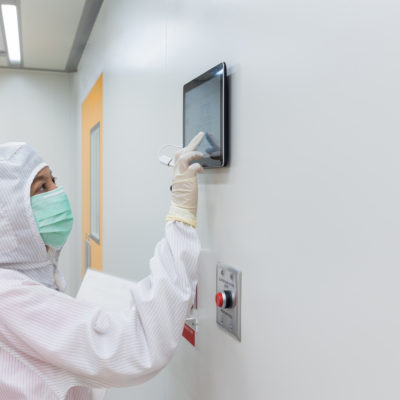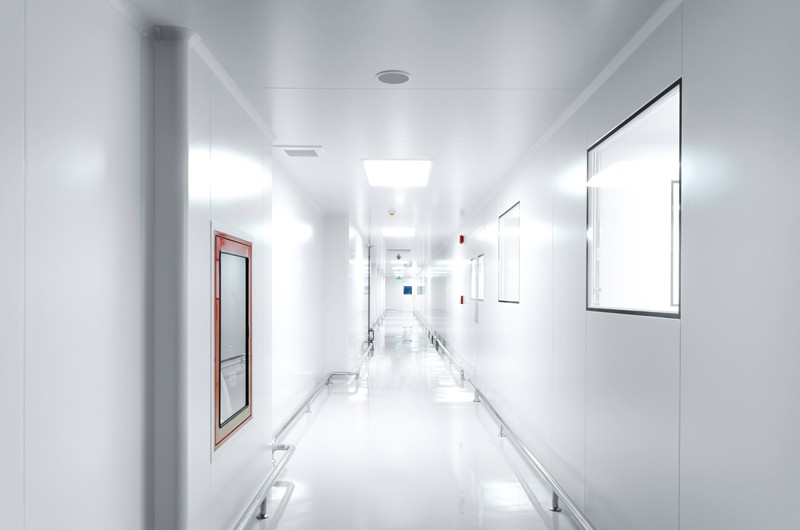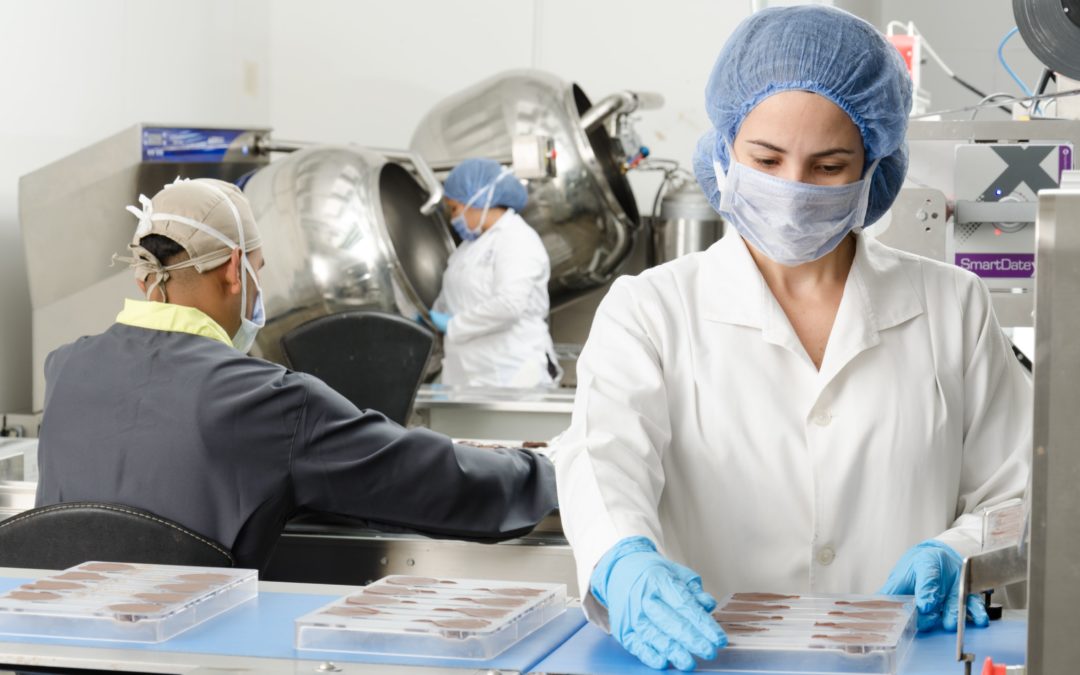
Cleanroom Classification FAQs
Cleanroom classification is often one of the most confusing parts of designing and building a cleanroom. However, it’s also one of the most essential parts, so it’s important that you understand all the relevant information. If you’re installing a cleanroom for the first time, you probably understand that every type of cleanroom requires a different classification, but you’re bound to have a number of other questions — and that’s okay! We’re here to help. Below, we’ll provide answers to some of the most common cleanroom classification questions we receive.
1. What are cleanroom classifications?
Cleanroom classifications regulate a cleanroom’s degree of cleanliness. They’re defined by the allowed amount of contamination, by particle count and size, as well as the air change rates necessary to maintain that. There are a variety of classification types that regulate cleanroom cleanliness, but the main system was developed by the International Standards Organization (ISO). ISO classifications apply to all cleanroom industries and applications, and range from Class 1 (most clean) to Class 9 (least clean, regular room air).
2. What cleanroom classification do I need?
It depends on your industry and application. The requirements will vary depending on the size of particles that need to be filtered, the sources of contamination present, and the recommended air change rates. If your industry is regulated by the government, you can check applicable regulations to see what cleanroom classification is required. If you work in a sector that isn’t regulated by the government and that doesn’t have an industry default, you’ll need to determine the appropriate classification for yourself, based on your application’s needs. Below, we’ll explore recommended cleanroom classifications for a few popular industries. For a full list of industries and their cleanrooms classifications, visit our cleanroom industries page.
What cleanroom classification is best for aerospace applications?
Aerospace applications require control over mechanical, thermal, chemical, and electrical properties within the cleanroom. In most cases, their cleanrooms need to meet at least a Class 7 ISO classification. However, in highly sensitive applications like spacecraft hardware, fine electronic, and optical device development, a more stringent classification is necessary.
What cleanroom classification is best for manufacturing applications?
There are various types of manufacturing processes, all with different needs in terms of humidity, contamination, pressure, and temperature control. However, most manufacturing cleanrooms tend to be required to meet ISO Classes 7 or 8.
What cleanroom classification is best for medical applications?
There are a few sub-categories that fall under the broad category of medical cleanrooms, including medical research, medical device, and pharmaceutical cleanrooms. All of these cleanrooms have some of the most stringent classifications in order to protect the safety of operators and consumers.
- Medical research: ISO Class 5-7
- Medical device: ISO Class 5-8
- Pharmaceutical: ISO Class 5
What cleanroom classification is best for semiconductor applications?
Contamination is a large source of production issues and product failures in semiconductors and microelectronics, so it’s critical that the cleanrooms they’re manufactured and packaged in are filtered appropriately. In most cases, semiconductor cleanrooms will hold ISO Class 4-6 requirements.
3. How often should I test my cleanroom to see if it’s meeting classification requirements?
ISO requires that air pressure difference and airflow be tested every 12 months for all classifications. For ISO Classes 6-9, particle tests must also be performed every 12 months, but for ISO Classes 1-5, those particle tests must be performed every six months. The following tests are recommended for all ISO Classes, every 24 months:
- Installed filter leakage
- Containment filter leakage
- Recovery
- Airflow visualization
4. How often do I need to have my cleanroom inspected?
That depends on your cleanroom classification. The more stringent the classification, the more regular the inspections. Inspections may coincide with compliance testing, so they could occur every 6-12 months, depending on your specific requirements.
5. How does cleanroom classification affect my budget?
In general, the more stringent your cleanroom classification, the greater the cost. Strict classifications require more air, energy, advanced technology, and equipment, so their prices reflect that. For a more detailed breakdown of the costs, you can check out our blog, “How Does Cleanroom Classification Affect Your Cleanroom Budget?”
6. Can I redesign my cleanroom to fit a different classification?
Yes. Every facility’s needs change over time. A cleanroom from Angstrom Technology can change right along with them. All of our cleanrooms are “backward compatible,” meaning their size can expand or decrease and their fan filter units can be added or removed to keep up with any changes in cleanroom classification requirements. Have any questions about your cleanroom classification and how to reach it? Contact the experts at Angstrom Technology! We’re happy to walk through your specific requirements and help design and build the best cleanroom for your facility and application.









